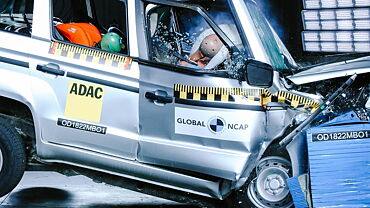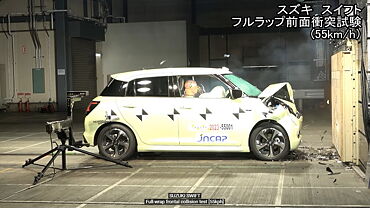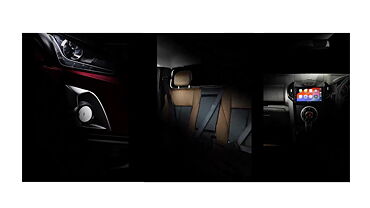Most of the big automotive players are now offering their products with the option of tubeless and tube-type tyres and the a huge fraction of consumers have next to nothing knowledge about the pros and cons of both. Since, the concept appears a little spic-and-span, the domestic car enthusiasts have a genuine dilemma between conventional tube-type and the advanced tubeless tyres due to the scarce idea about technical merits of the tubeless tyres.
Tubeless tyres score much better points in terms of durability, efficiency, performance and safety, as compared to the conventional tube-type tyres. Among the inherent advantageous attributes of tubeless option, the most striking argument is the less unsprung weight due to the absence of a tube, as the name suggests. The tube-less tyres are designed in way that the tyre and rim together form an assembly or a container, in order to seal and enclose the air within it. Further, tubeless tyres are enforced as an airtight containment with the chloro-butyl or halo interior lining, which ensures taut assembly of air between the tyre and the rim.
From the efficiency point of view, the tubeless tyres tick all the boxes towards effectuating optimum performance and maintenance of the vehicle. The absence of a tube eliminates the friction between tube and the tyre, besides lowering the rolling resistance, overall vibration and heat dissipation while driving. Further, using tubeless tyre entails the vehicle to deliver improved fuel economy along with ensuring longer life of the tyre.
Tubeless tyres have been specifically designed for safety and convenience while driving a certain vehicle. Traditional tube-type tyres have a documented propensity to snap out of its position in the aftermath of a puncture and thereby, leaving the vehicle in a state of instability en-route to a possible accident. Further, if a sharp splinter ruptures a tube-type tyre, the air loss is so quick and random that the driver could lose control in an instant and face devastating scenarios.
However, in case of the tubeless tyres, following a puncture the vehicle is not in a state of immediate danger, as the tyre-wheel assembly works normal for a certain frame of time and distance, which could range from at least 20 to 40 km. Even exceeding the distance, the tubeless tyres could work normal, provided they are inflated periodically. Accordingly, any dangerous episode can be avoided using tubeless tyres as the driver hardly ever loses control of the vehicle following an accident. Besides, the low tyre to wheel weight ratio or unsprung mass of tubeless tyres provides better handling and safe driving experience.
The tubeless tyre self repair kit enables the individuals to repair the damaged and punctured area themselves, besides one does not have to remove the tyre from the rim for the repairing process. However, extra care must be given to make sure that the sidewalls remain unaffected and the puncture repair is done only to the ruptured spot.
Evidently, due to the absence of a tube, the usual problems like defective splice, pin hole, defective valve base, foreign matter and tin gauges lack validity in case of tubeless tyres.
support a vehicle’s weight and maintain the shape of a tyre. Tubeless tyres had gradually made the tube-type obsolete, as most of the major automotive companies opted and many car buyers started asking for the former. Another reason that dictates the popularity of the tyre types is the money quotient, as many naïve consumers find the state-of-the-art tubeless to be a little expensive and thus, go towards the conventional tube-type tyres.



























